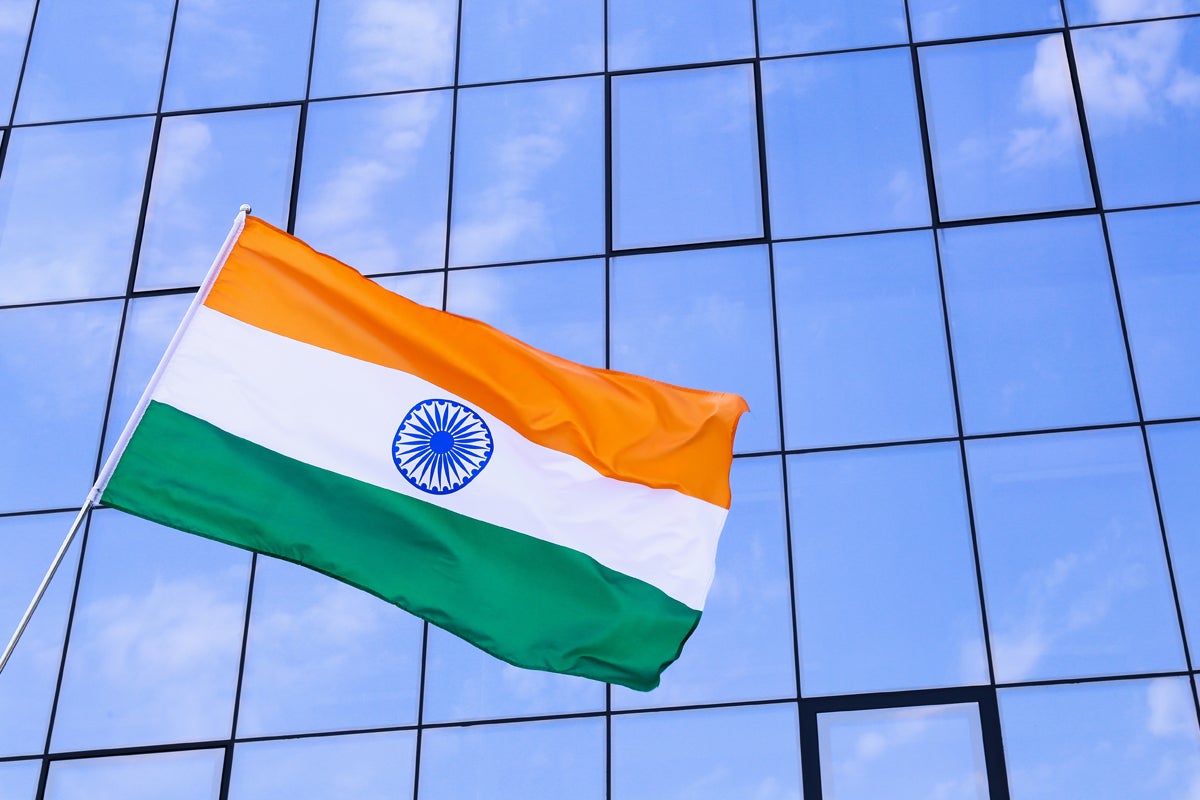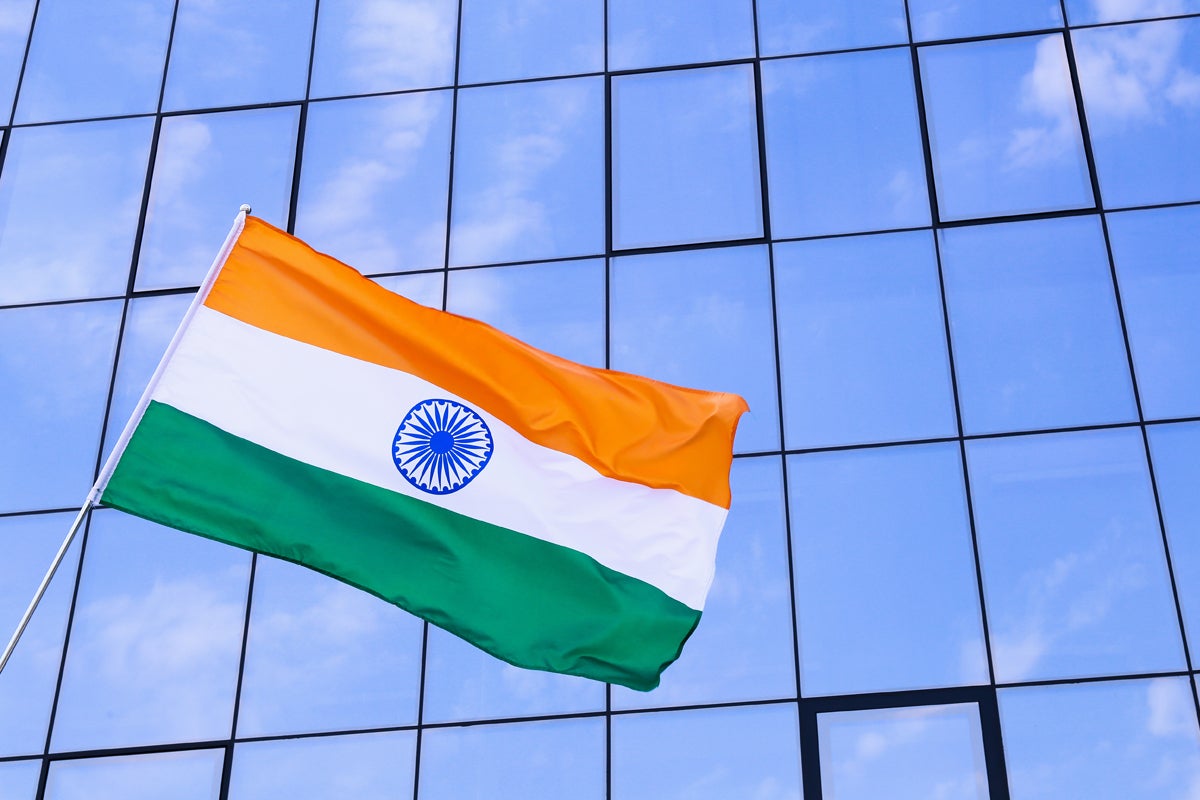
The Indian government is hoping to spur the nation’s private sector to create a national mobile operating system that can compete with Google’s Android and Apple’s iOS.
Rajeev Chandrasekhar, the Minister of State for Electronics and Information Technology (MeitY), said this week his agency plans to encourage the tech industry and academic institutions to collaborate on a home-grown Indian mobile OS, according to a report in The Economic Times of India.
“There is no third one,” Chandrasekhar said. “Therefore, in a lot of ways there is tremendous interest in MeitY and in the Government of India to even create a new handset operating system. We are talking to people. We are looking at a policy for that.”
Industry analysts were immediately skeptical that an indigenous OS in India could compete with the likes of Apple’s or Android’s mobile platforms.
Jack Gold, principal analyst at J. Gold Associates, said that while its laudable India is trying to create a competitor and launch more tech industries within the country, “it’s very unlikely that it can produce a true competitor to Android especially and also iOS.”
This is not India’s first attempt to create its own operating system nor would the country be the first to attempt it now, Gold noted. For example, China’s Alibaba Group developed a local-services arm and debuted the “Alibaba Local Services Operating System.”
“Since [China has] a huge population base, much like India does, they thought it could be a real game changer for the local market,” said Gold. “But the truth is, most users of smartphones are drawn to specific apps they use regularly (e.g., Facebook, TikTok, Instagram, Twitter, etc.), and if those apps aren’t available on the OS powering a specific device, then users won’t buy it.
“That’s not to say that a localized OS for lower-end devices can’t grab some market share,” he said, “but as a general rule, it’s highly unlikely that you can change the dynamics of users wanting to interact with specific apps — and if they aren’t available on your device, then they won’t want it.”
Additionally, there’s no incentive for major app vendors to port their apps to a locally created OS, Gold said, noting there just isn’t enough volume to do so.
“So, it’s a chicken and egg situation – apps don’t get ported due to low volume of devices, and people don’t buy the devices due to lack of popular apps. This is what caused the downfall of BlackBerry, Symbian, WebOS, etc.,” Gold said.
In 2010, India’s government worked to create a new computer operating system with an eye to enhancing the security of its computer systems.
As for the latest push, Chandrasekhar said developing an Indian OS would not only “create an alternative to iOS and Android,” but like the latter OSes, the platform could drive a native handset hardware market.
In October, Chandrasekhar announced plans for India to become an electronic manufacturing hub and supply chain to the world. “We see India being very a significant provider of trusted goods and service to the global market,” he said at the time while speaking at the Public Affairs Forum of India. “There is an opportunity and we are acting on it.”
By 2024 or 2025, Chandrasekhar said he wants to see India’s electronic manufacturing worth roughly $250 billion to $300 billion.
While a top-end, native smartphone is not likely to gain momentum in India, especially if the government backs it to specific subsidized phones and brands, what could gain some traction are phones in the low-end market, according to Nabila Popal, research director for IDC’s World Wide Tracker Group for Consumer Devices.
“But I highly doubt it will make a huge global impact, or even challenge Apple within India, as the Apple brand name carries a huge premium/luxury image and is aspirational for the common folk, as due to the high price point, it is something only with the rich/elite class of the population,” Popal said.
India’s mobile phone market lags behind that of other developed nations, according to IDC. For example, about 30% of the market is still represented by press-button type feature phones. The top three brands in India are Xiaomi, Samsung, and Vivo with 23%, 17%, and 16% share, respectively, according to IDC’s Quarterly Mobile Phone Tracker. (Apple’s share of the smartphone market in India hovers around 3%.)
In the US, Canada, and the UK, feature phones make up less than 5% of all mobile devices.
In terms of price segments, up to 80% Smartphones cost less than $200, and almost 95% are under $400 in any given quarter, according to IDC.
“In general, globally, it’s been hard for other OSes to succeed in the presence of iOS and Android. We have seen it with Blackberry, Windows, and now Harmony OS,” Popal said, “despite the massive branding and investments put into it.”
There is one possibility for the success of an Indian OS: the possibility it could run in compatibility mode to enable Android apps or iOS apps to work on it, Gold said. It’s highly unlikely Apple would ever allow that.
Even attempting to port apps from a generally open-source Android would be a stretch, Gold said. “Here too, those apps that are owned by Google are very popular (e.g., Google Assistant, Maps, Waze, Google Workspace, etc.).
“So bottom line, I don’t see how a local Indian OS can have any real impact on the market share of either Android of iOS,” he said. “In my opinion, India would have more success in trying to build a locally designed smartphone that uses Android, much like China did. But India at this point doesn’t have the infrastructure that China has to manufacture and distribute to the rest of the world, so even this is a long shot for them.”



